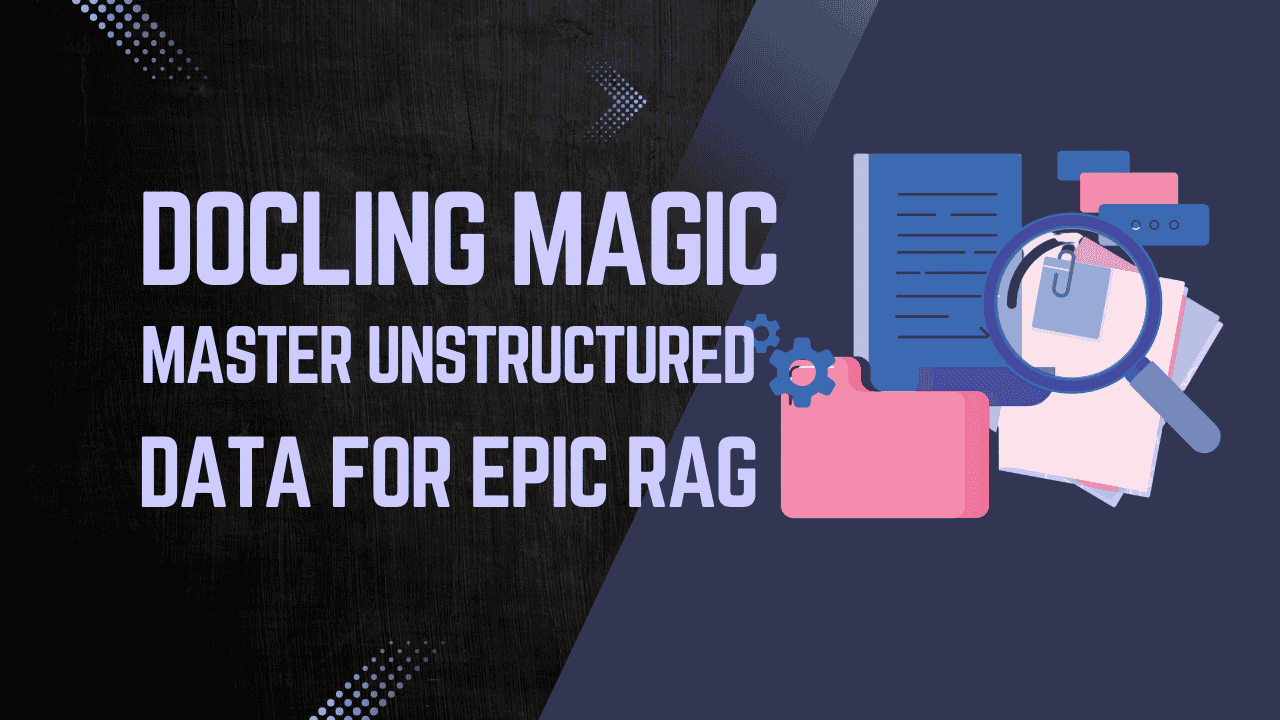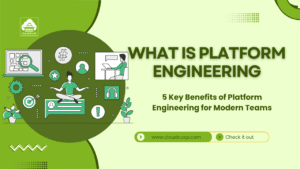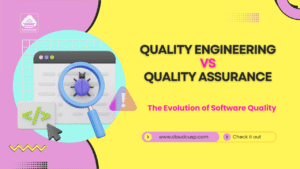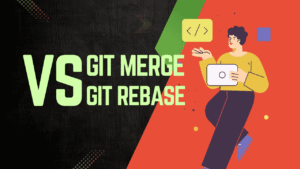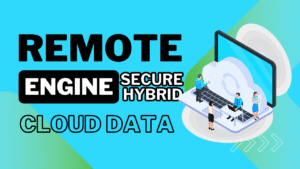Key Takeaways:
- Unstructured Data Challenge: Roughly 90% of organizational data is in messy formats like PDFs and Word docs, complicating AI use in RAG systems.
- Docling’s Solution: Open-source tool that parses documents, converting them into structured, AI-ready formats while handling tables, images, and hierarchies.
- Key Advantages: Runs locally for privacy, zero cost, and high speed (1.26 seconds per page), outperforming similar tools without needing fancy hardware.
- Seamless Integration: Exports to Markdown/JSON; integrates with LangChain and Llama Index for advanced RAG and AI applications.
- Developer-Friendly: Easy install via pip; usable as CLI, library, or API for automating extraction from reports and contracts.
On This Page
Table of Contents
Introduction: The Hidden Challenge of Unstructured Data
Imagine you’re trying to find a specific toy in a child’s playroom that’s overflowing with toys scattered everywhere—some in boxes, others under the bed, and a few mixed in with clothes. That’s a bit like dealing with unstructured data in the world of organizations and businesses. Experts estimate that about 90% of all data in companies isn’t neatly organized in databases or spreadsheets. Instead, it’s trapped in everyday file formats we all use, such as PDFs, Microsoft Word documents (Docx), or even web pages (HTML). These files are great for humans to read and share, but they create big headaches when we want to use them with modern AI tools.
Why does this matter? Well, think about generative AI systems, like those powered by large language models (LLMs). These are the smart chatbots and assistants that can generate text, answer questions, or even create code. To make them even better, we often pair them with something called retrieval-augmented generation (RAG). RAG is like giving your AI a personal library: it retrieves relevant information from your documents and uses that to craft accurate answers. For instance, in a company, you might ask, “What does our latest contract say about payment terms?” The RAG system pulls the right details from files and responds intelligently.
But here’s the catch: the quality of those answers depends entirely on how well the source data is prepared. If the data is messy—think tables split across pages, images without descriptions, or bullet points that get jumbled—your AI might give confusing or wrong responses. It’s like feeding a chef spoiled ingredients; the meal won’t turn out great. In this article, we’ll explore how Docling, an innovative open-source tool, solves these problems by transforming unstructured data into something AI-friendly. We’ll break it down in simple terms, with real-world examples, tips, and even some code snippets to show how it works. By the end, you’ll see why Docling is a game-changer for anyone building AI applications.
Why Unstructured Data Doesn’t Play Nice with AI
Let’s start with the common pitfalls. Unstructured data isn’t just plain text; it’s full of complexities that basic tools struggle with. For example, a PDF might look perfect on screen, but behind the scenes, it’s designed more for printing than for data extraction. Scanning a document can make things worse, turning text into images that computers can’t “read” easily.
Here are some everyday challenges:
- Tables spanning multiple pages: Picture a financial report where a big table of numbers starts on page 1 and continues on page 2. Basic extraction tools might chop it in half, losing the connections between rows and columns. This confuses RAG systems, leading to incomplete answers.
- Images and visuals: Documents often include charts, diagrams, or photos. How do you turn a pie chart into usable data? Without proper handling, this info gets ignored, like overlooking key evidence in a detective story.
- Annotations, headers, and bullet points: Think of footnotes, sidebars, or nested lists. These can get scrambled during processing, turning a clear document into a jumbled mess.
- Truncated or overlapping text: In scanned PDFs, optical character recognition (OCR) tools might misread handwriting or faded print, resulting in errors.
On top of that, practical issues arise. If your data is sensitive—like medical records or legal contracts—you can’t always send it to cloud services due to privacy rules. Plus, those services can be expensive, charging per page, and they might require powerful computers (like GPUs) that not everyone has.
A real-world analogy: Unstructured data is like a pile of unsorted laundry. You know your favorite shirt is in there somewhere, but finding it takes forever. Traditional tools are like rummaging blindly, while something smarter—like a laundry organizer—sorts everything neatly by color and type.
Introducing Docling: Your Document Parsing Hero
Enter Docling, an open-source project that’s making waves on platforms like GitHub. It’s designed to parse common document formats, turning chaotic files into structured, AI-ready content. At its heart, Docling takes a source document (like a PDF) and converts it into a unified abstraction called the Docling document. This isn’t just plain text; it’s a rich, organized representation that preserves the original structure.
Why is Docling special? It’s free, runs locally on your computer (no cloud needed), and doesn’t require fancy hardware. You can install it easily with a simple command, use it in your apps, or even set it up as an API for automated processing. This means you can handle reports, contracts, or research papers without worrying about costs or data leaks.
For developers, Docling offers flexibility:
- CLI (Command-Line Interface): Run it from your terminal for quick tasks.
- Library: Integrate it into Python code for custom applications.
- API Endpoint: Serve it as a web service to process documents on the fly.
Imagine a law firm dealing with stacks of contracts. Instead of manually extracting clauses, Docling automates it, feeding clean data into an AI that answers queries like, “Does this contract include a non-compete clause?”
“Docling allows us to parse common document formats such as PDFs, turning them into an abstraction ready for RAG integrations like LangChain or Llama Stack.” – Adapted from AI development insights .
How Docling Works Behind the Scenes
Docling’s magic lies in its three core concepts: the parser backend, pipelines, and the final output. When you feed it a document, it doesn’t just extract text—it enriches it step by step.
First, the parser backend reads the file. For PDFs, which are tricky because they’re print-oriented, Docling uses custom extractors to identify objects like text, characters, and tables.
Then come the pipelines, which are modular (you can customize them). These process the data, adding layers of understanding. For PDFs:
- Layout Analysis Model: This predicts bounding boxes for elements like paragraphs, titles, and sections. It’s like drawing invisible outlines around puzzle pieces to see how they fit.
- Table Former: A specialized model that recognizes table structures—rows, columns, and even spanning cells. This ensures multi-page tables stay intact.
You can even plug in vision models to describe images, turning a chart into text like “This pie chart shows 40% market share for Company X.”
For structured formats like HTML or Docx, Docling leverages libraries such as BeautifulSoup and Marco to transform and enrich the content, preserving hierarchies like headings and lists.
The result? The Docling document, a single, pedantic (super-precise) data structure. It captures everything: the full hierarchy (e.g., chapters > sections > paragraphs), provenance (page numbers, locations), and more. This makes it easy to export to Markdown, JSON, or directly into RAG tools.
A tip: If you’re dealing with sensitive info, use Docling’s structure to redact personal data (PII) before feeding it to AI—like blurring faces in a photo.
Coding example: Getting started is simple. Install via pip:
pip install doclingThen, in Python:
from docling.document import Document
# Load a PDF
doc = Document.from_path("example.pdf")
# Export to Markdown
markdown = doc.to_markdown()
print(markdown)This snippet turns a PDF into readable Markdown, ready for your RAG setup.
Handling Different Document Types with Docling
Docling shines with various formats. Let’s break it down.
PDFs: From Chaos to Clarity
PDFs are notorious for losing structure. Docling reconstructs it using high-quality models.
- Text and Property Extraction: Identifies individual elements.
- Bounding Boxes: Groups content logically.
Example: In a research paper, a table of experiment results split across pages gets merged seamlessly, so your AI can query “What’s the average value in column 3?” accurately.
Analogy: It’s like reassembling a shredded document—Docling pieces it back together perfectly.
HTML and Docx: Building on Existing Structure
These formats already have some organization. Docling enhances it:
- Uses BeautifulSoup for HTML parsing.
- Employs Marco for Docx conversion.
Bulleted tips for users:
- Start with clean files to avoid errors.
- Test small documents first to tweak pipelines.
- Integrate vision AI for images: Add descriptions like “Graph showing sales growth from 2020-2023.”
Real-world example: A marketing team processes web pages (HTML) for competitor analysis. Docling extracts bullet points and headers, feeding them into an AI that summarizes trends.
“The pipelines enrich the document representation, extracting more information into a unified output.” – From open-source AI processing discussions .
The Power of the Docling Document
The Docling document is the star output—a structured format that keeps everything intact. It includes:
| Feature | Description | Benefit for RAG |
|---|---|---|
| Hierarchy | Captures sections, subsections, lists | Ensures context is preserved, reducing hallucinations in AI responses |
| Provenance | Page numbers, coordinates | Allows tracing back to originals for verification |
| Export Options | Markdown, JSON, direct integration | Flexible for fine-tuning models or building agents |
| Chunking | Hybrid chunker for elements | Creates precise chunks, improving retrieval accuracy |
This structure powers advanced uses:
- RAG Integrations: Native support for LangChain and Llama Index. Use the hybrid chunker to split documents into meaningful parts—one chunk per table or paragraph.
- Fine-Tuning: Export data to train custom AI models.
- Agentic Apps: Build AI agents that reason over documents.
Example: In healthcare, process patient reports (PDFs) to chunk symptoms and treatments separately, enabling queries like “List all allergies from this file.”
Benchmarks: Why Docling Stands Out
Docling isn’t just clever—it’s fast and efficient. In tests against tools like Unstructured, Marker, and MinerU, it processed 89 PDFs (4000 pages) quickest: 1.26 seconds per page on standard CPUs or even Apple’s M3 Max.
| Tool | Avg. Time per Page (seconds) | Hardware Requirements | Open-Source? |
|---|---|---|---|
| Docling | 1.26 | Low (CPU-only) | Yes |
| Unstructured | Higher (varies) | Moderate | Yes |
| Marker | Slower | GPU optional | Yes |
| MinerU | Comparable but slower | High | Yes |
This speed means you can handle large volumes without waiting, all while keeping costs at zero.
Tip: Run Docling on a Linux machine for best performance, as it’s hosted by the Linux Foundation.
Tips and Best Practices for Using Docling
To get the most out of Docling:
- Customize Pipelines: Add your own models for specific needs, like OCR for scanned docs.
- Handle Large Files: Process in batches to avoid memory issues.
- Security First: Since it’s local, pair it with encryption tools for extra protection.
- Test Integrations: Start with LangChain for RAG—code example:
from langchain.document_loaders import DoclingLoader
from langchain.chains import RetrievalQA
loader = DoclingLoader("report.pdf")
documents = loader.load()
# Build RAG chain (simplified)
qa = RetrievalQA.from_chain_type(llm=your_llm, retriever=your_retriever)Real-world analogy: Docling is like a skilled librarian who not only organizes books but also adds summaries and indexes, making your AI library super efficient.
“Docling processes reports, contracts, and more with zero reliance on third parties.” – Insights from GitHub community contributions .
Conclusion: Unlocking AI’s Potential with Docling
In a world where unstructured data dominates, tools like Docling bridge the gap, making it simple to prepare files for RAG and AI. By parsing documents intelligently, preserving structures, and integrating seamlessly, it empowers developers and businesses to build smarter applications. Whether you’re automating contract reviews or analyzing reports, Docling turns data chaos into actionable insights—all for free and locally.

FAQs
What exactly is Docling?
Docling is a free, open-source tool that takes messy documents—like PDFs, Word files, or web pages—and turns them into neat, organized versions that AI systems can easily understand. It’s great for anyone working with AI, because it fixes problems like split tables or hidden images, making sure your AI gets accurate info without the hassle.
Why do we need something like Docling for AI?
Most company data (around 90%) isn’t tidy—it’s stuck in files that aren’t designed for computers to read quickly. When you use AI tools, especially ones that search and pull info from documents (called RAG), bad data leads to wrong or incomplete answers. Docling steps in to prepare that data, like prepping ingredients before cooking a meal, so your AI performs at its best.
What kinds of files can Docling handle?
It works with popular formats such as PDFs (even scanned ones), Microsoft Word documents, and HTML pages. Whether it’s a report with charts, a contract full of clauses, or a webpage with lists, Docling can process them all and keep the important structure intact.
How does Docling deal with tricky parts like tables or pictures in documents?
For tables that spill over multiple pages, Docling puts them back together logically, so nothing gets lost. With images, it can add descriptions using extra AI models if needed. It also handles things like bullet points, headers, and notes without mixing them up—unlike basic tools that might turn everything into a confusing blob.
Is Docling easy to use, even if I’m not a tech expert?
Yes! You can install it with a simple command (like “pip install docling” in Python), and use it from your computer’s command line, as part of your own programs, or even as a web service. No need for expensive computers or sending files to the cloud— it runs right on your machine.
What’s the big deal about it being “open-source”?
Being open-source means anyone can use, improve, or share it for free. It’s hosted by groups like the Linux Foundation, and it’s gaining popularity on sites like GitHub. This keeps it affordable and secure, especially if you’re dealing with private info that can’t leave your system.
How fast is Docling compared to other tools?
It’s super quick! In tests with thousands of PDF pages, it processed each one in about 1.26 seconds on regular computers. That’s faster than similar free tools, and you don’t need special hardware like powerful graphics cards.
Can I use Docling with other AI frameworks?
Absolutely. It plugs right into popular ones like LangChain or Llama Index, helping build advanced AI setups. For example, it can split documents into smart “chunks” for better searching, or export files as simple text formats like Markdown or JSON.
What if my documents have sensitive information?
Docling runs locally, so your data stays on your device—no risk of leaks to outside services. You can even use it to spot and remove personal details before feeding the info to AI, adding an extra layer of safety.
